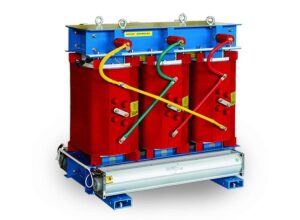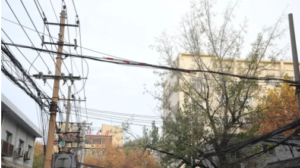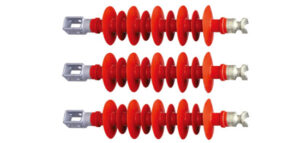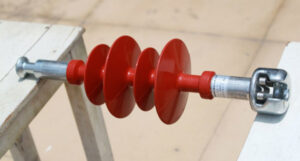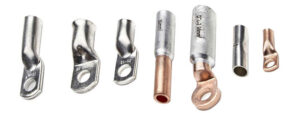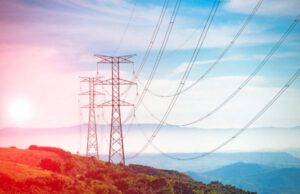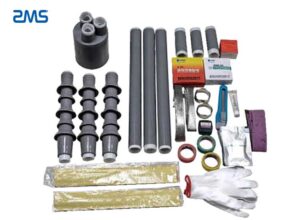1. OPERATION OF DRY-TYPE TRANSFORMERS
The safe operation and service life of dry-type transformers largely depend on the safety and reliability of the transformer winding insulation. Winding temperature exceeding the insulation withstand temperature will cause the insulation to age, thereby affecting its service life. It is one of the main reasons that dry-type transformers cannot work normally. Therefore, it is very important to monitor the operating temperature of the transformer and its alarm control.

